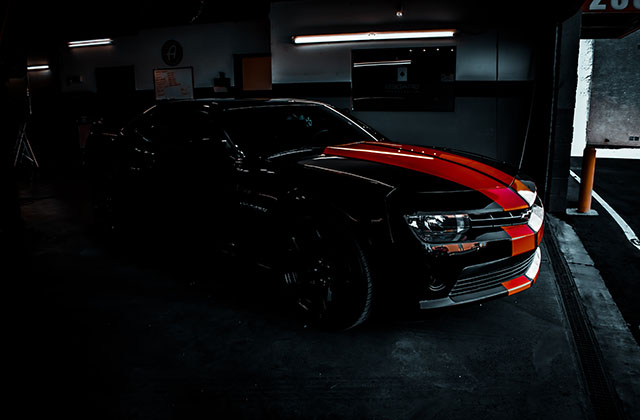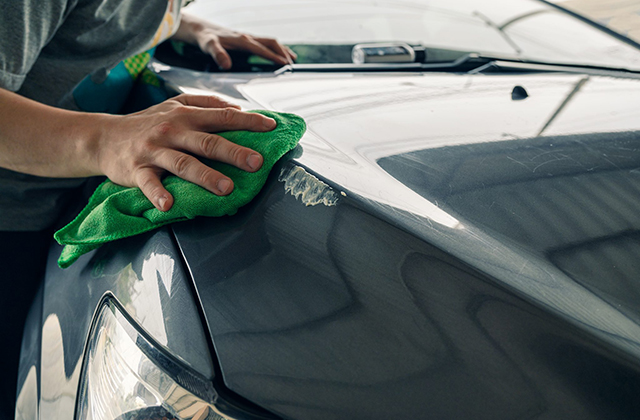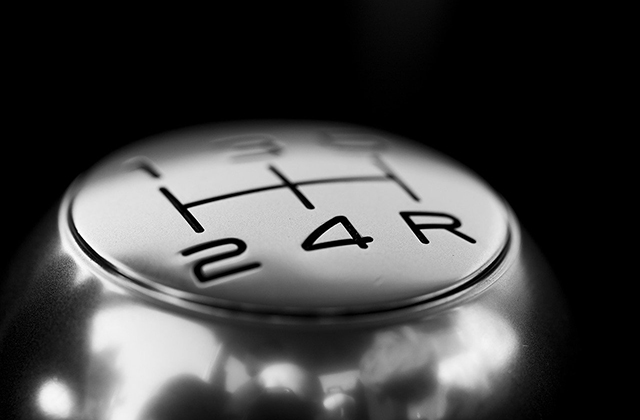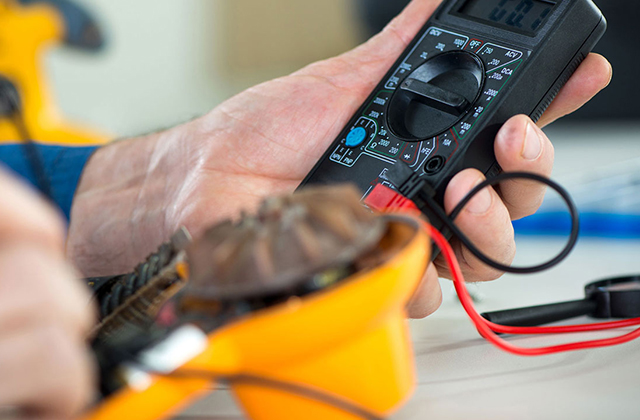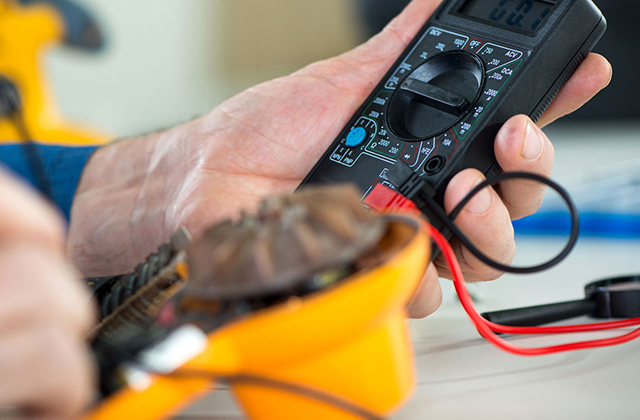Introduction
You may be the proud owner of a car, but if you don’t know how to detail it properly, it won’t stay that way. Detailing is an art form, and anyone can learn the basics. It takes practice and patience (and maybe even some investment in new tools), but if you want your car to look as good as it did when you bought it years ago, read on! The purpose why I need to put a ceramic coating Melbourne because it acts as a preventative layer against dirt, grime and stain marks.
Keeping the interior clean is key.
The interior of your car is just as important to keep clean as the exterior. It is a good idea to remove any stains or spills immediately. You can use a vacuum cleaner, damp cloth, car shampoo or detailing product to clean your car’s interior on a regular basis.
If you have pets in the car, they may leave pet hair behind that can be difficult to remove. You can use an upholstery brush or handheld vacuum cleaner to remove hair from seats and floors of the vehicle. Avoid using water-based cleaners on upholstery because they will cause dirt marks if left too long before cleaning them off again with another product like leather cleaner spray which works well for removing water-related stains but won’t hurt the fabric itself if done properly.”
You need specialized tools that aren’t just for cars.
You’ll need your own tools. Don’t assume that you can use any old thing lying around. You will be using many different tools and chemicals, so it is important to know what to buy, how to store them properly and how to clean and maintain them.
- You should have a variety of brushes for different purposes: bristle brushes, soft-bristle brushes, wool mitts, foam applicators and microfiber cloths all come in handy during the detailing process.
- A quality car sponge can make a big difference when cleaning your vehicle; it should be firm enough not to fall apart but still soft enough not to scratch any surfaces (including paint).
- Microfiber towels provide excellent protection for delicate surfaces like glass or chrome trimwork on older cars because they are lint-free and strong yet very pliable due to their tight weave structure (microfibers are smaller than one millimeter).
Better tools will help you do a better job.
You can’t do a great job without the right tools. You need to know what you’re doing, and have the right tools for it. There are many possibilities, but only if you know how to use them correctly.
Know your products.
- Know your products.
- Know how to use them.
- Know how to apply them.
- Know what they are good for.
- Know what they are not good for.
- Learn how to clean them, store them and dispose of them properly (most products have a shelf life).
Keep it top of mind with a checklist.
Checklists are a great way to keep your car detailing project on track. They help you stay organized and make sure that you don’t forget anything important. If you’re like me, it’s easy to get distracted by something shiny and forget what the heck I’m supposed to be doing when cleaning my car!
Whether or not you have a checklist yet, try using one of these ideas:
- Keep a checklist in your glove compartment (or wherever else is convenient) so that it’s always visible when needed. You’ll never have any excuse for forgetting anything again!
- Update your checklist before every trip; this way if there’s ever any confusion about what needs done between visits, there will be no worries.
- Keep the checklist somewhere easy to reach at all times so that it doesn’t fly out of sight after only being glanced at once or twice during use – this way, everyone can see how much work still needs done without having someone constantly reminding them where things should go!
Car wash preparation is the key to success.
Before you drive your car into the automatic wash, do yourself a favor and give it an extra-thorough cleaning. Start by using a soft-bristled car wash brush to remove dirt and grime from the surface of the vehicle, both inside and out. Then use a high pressure nozzle attached to your hose to blast off any lingering dust or debris that remains after brushing. If you have some stubborn stains—like bird droppings or sap—use an upholstery cleaner like Simple Green on those areas specifically before moving on with your wash routine.
Once your vehicle looks good from top to bottom, take all of these products inside with you (you’ll want them for later steps) and proceed through the now-empty self-service bay; pay attention as each step is completed so that when it comes time for hand washing (see below), everything will be ready!
Eliminate water spots.
If you plan to spend time detailing your car, it’s a good idea to invest in a few microfiber towels. These absorb water quickly and dry without leaving streaks or spots on the paint job. A chamois cloth is another tool that will help you remove excess water from the body of your vehicle. You can also use products like drying aids which will help prevent water spots from forming when you’re washing your car.
Good lighting is important.
Good lighting is important to your detailing efforts. Good lighting helps you see all the nooks and crannies of your car, allowing you to treat them more efficiently and thoroughly. The best way to get adequate light for car detailing is by using a combination of natural sunlight and artificial lights, both of which are easily adjustable for maximum effect.
Natural sunlight can provide excellent illumination for your car’s interior during daylight hours, but if it happens to be overcast or raining outside (or even if it’s just at noon), then you need some other sources of light as well—especially if your garage has poor natural lighting conditions.
Artificial lighting can be purchased in various forms: halogen work lamps with long-lasting bulbs; LED spotlights that emit bright white light; fluorescent tubes that produce an even blueish glow; or even portable halogen flood lights used by construction companies when they’re working on cars in a private garage.
Freezing weather can be a challenge for car care.
As winter approaches, it’s important to know how to keep your car in tip-top shape. While you may think that snow and ice are the least of your worries when it comes to taking care of your ride, they can actually cause significant damage if not dealt with properly.
For example: if you’re driving on a freezing day and have a window open slightly (or if someone else has opened it), then you run the risk of having frozen water or snow fall onto your vehicle’s paint job. This can result in paint chips and scratches due to the temperature differences between glass and metal surfaces. Additionally, salt residue from roadways can also be damaging for this reason—especially since most modern cars have clear coat finishes that make them susceptible to such damage.
Similarly, ice buildup on windows is a major issue during wintertime car care because it can lead directly back into poor visibility as well as potentially damaging windshield wipers by clogging them up with slushy ice chunks instead of simply melting when exposed directly against grated blades during usage
You need to know how to detail a car if you own one, even if you don’t plan to do it yourself
If you own a car, then you need to know how to detail it. The reason why is because even if you don’t plan to use any of the products that go into detailing, you’ll still need to know how they work. For example, let’s say your windshield wipers are starting to get clogged with dust and grime from being in storage for months at a time. When this happens, it’s not enough just to replace the wiper blades; you also have to clean off all of the gunk from around them so that they can effectively do their job when needed.
Conclusion
Car detailing can be a rewarding experience, but it can also be a challenging one. If you know what you’re doing, the results will speak for themselves and help you stand out from the crowd. Fineshinedetailing.com.au continues to do a great job in car detailing field.

